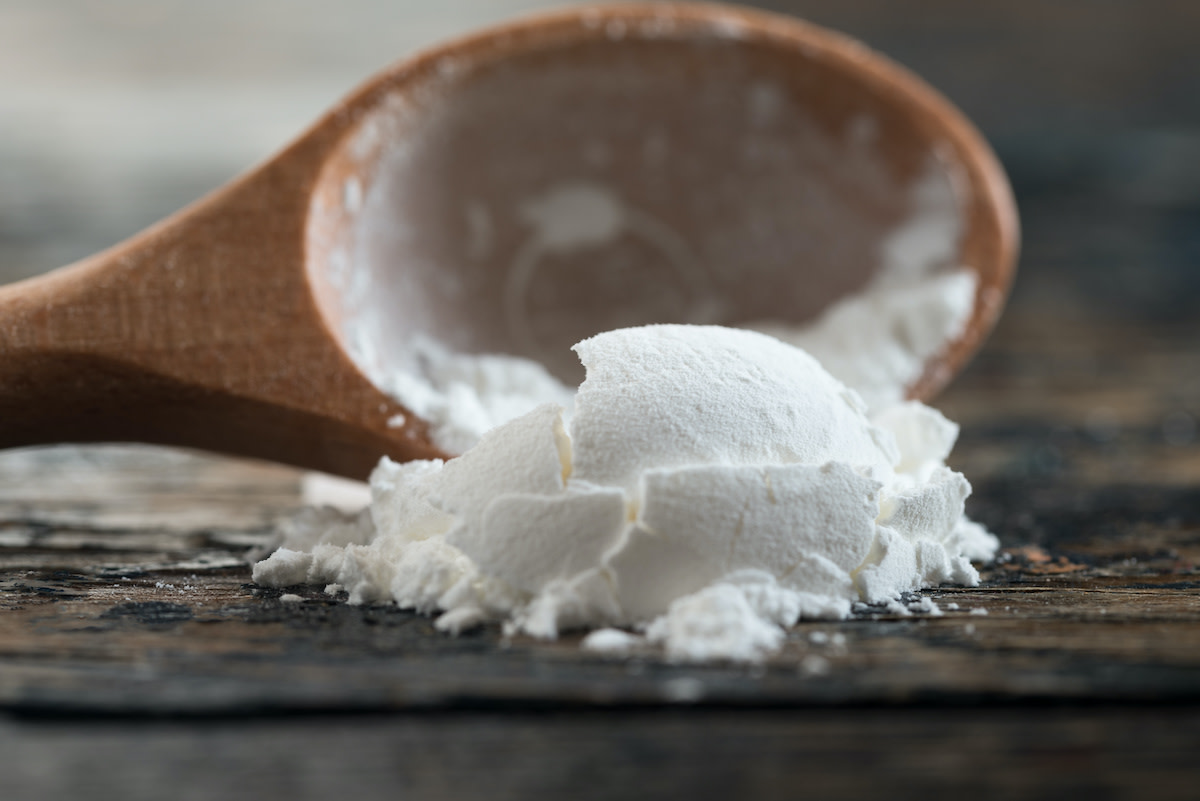Arrowroot vs. Cornstarch: How to Use the Powders in Cooking
Written by MasterClass
Last updated: Sep 29, 2021 • 3 min read
Arrowroot and cornstarch are both tasteless flours used in gluten-free cooking or as food thickeners.
Learn From the Best
What is Arrowroot Powder?
Arrowroot powder, also called arrowroot starch or arrowroot flour, is a finely ground flour made from drying and extracting the starch from the rhizome (or tuber) portion of the arrowroot plant (Maranta arundinacea). The tropical plant grows mainly in the Caribbean.
Arrowroot powder is a tasteless, colorless substance that thickens consistency without diluting the taste. You can use the powder as a thickening agent in everything from gravies to pudding. It withstands acids, so arrowroot is the best thickener to use with acidic ingredients like pie fillings, jellies, or other fruit dishes.
How to Use Arrowroot Powder in Cooking
To use the powder as a thickening agent while you’re cooking, whisk together one teaspoon of arrowroot powder with two teaspoons of a cold liquid, such as water. Pour the mixture into the dish you wish to thicken and cook the food over medium heat for about two minutes.
Arrowroot powder is gluten-free, so you can use it in place of wheat flour or all-purpose flour to make gluten-free baked goods. Most gluten-free baking recipes, especially cake recipes, combine arrowroot with other gluten-free flours, such as tapioca starch, potato starch, rice flour, xanthan gum, and sorghum for a fluffy crumb and a mild flavor.
What Is Cornstarch?
Cornstarch is a fine powder grain starch made from the endosperm of corn grain. Producers soak the corn kernels in liquid and remove the endosperm—the nutrient-rich inner layer of the grain—from the grain, then extract the starch and dry it to form a colorless, flavorless, and odorless white powder.
You can use cornstarch to thicken sauces, long-simmering stews, or soups, or as a good substitute for starchy ingredients in gluten-free cooking and baking, depending on the dish.
How to Use Cornstarch in Cooking
To use cornstarch as a thickening agent, make a slurry of it with cold water before adding it to your hot stew or sauce. For each cup of stew or soup you wish to thicken, combine one tablespoon of cornstarch and one tablespoon of cold water. Mix the cornstarch and the liquid with a fork or lightly beat them with a whisk, then stir the slurry into the pan of hot liquid. Let the mixture cook for two to three minutes to thicken.
Additionally, you can dust meats with cornstarch before pan-searing them so they achieve a crispy exterior while cooking.
Arrowroot vs. Cornstarch
Arrowroot and cornstarch are both gluten-free thickening agents, but it might be better to use one over the other depending on your cooking process. Here are a few factors to consider when it comes to arrowroot and cornstarch:
- Clarity: Arrowroot is clear and glossy, so cooks will often use it to thicken fruit dishes or pies. In contrast, cornstarch makes a dish slightly cloudy or chalky-looking.
- Taste: Cornstarch and arrowroot are both tasteless. Neither one will alter the flavor of a dish when you use them as a thickening agent.
- Temperature limitations: Unlike other ingredients, such as wheat flour, neither arrowroot nor cornstarch must come to a full boil to activate their thickening power. It’s best to use arrowroot at the end of cooking, like in a pan sauce, because extended heat or high heat breaks down its starch and prevents it from thickening. Cornstarch can withstand higher temperatures than arrowroot—but you shouldn’t cook it for long periods of time or it, too, will break down. For long-cooking dishes that require thickening at the start of cooking (like a roux), you might consider using wheat flour instead.
Want to Learn More About Cooking?
Become a better chef with the MasterClass Annual Membership. Gain access to exclusive video lessons taught by the world’s best, including Alice Waters, Gabriela Cámara, Niki Nakayama, Chef Thomas Keller, Gordon Ramsay, Yotam Ottolenghi, Dominique Ansel, and more.
